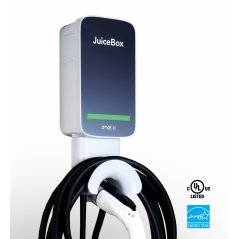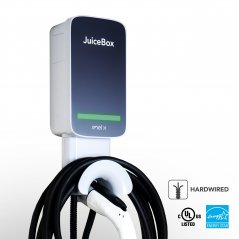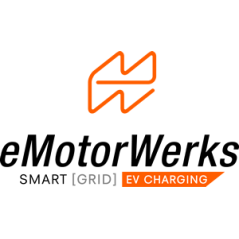Everything Toyota drivers need to know about charging an EV
Toyota, a pioneer in hybrid technology, currently sells one electric car, the Prius Prime. The Toyota Prius Prime is the plug-in hybrid version of Toyota’s extremely popular Prius line of hybrid cars. The Prius Prime has an all-electric driving range of 25 miles, and an excellent fuel economy rating of 55 mpg city, 53 mpg highway. The Toyota Prius Prime is one of the most efficient PHEVs available today, and has been the best selling PHEV in the US, since its introduction in 2017.
However, the Prius Prime isn’t the first plug-in hybrid Prius. From 2012 to 2016, the “Toyota Prius PHEV” was available. The Prius PHEV had a smaller battery (4.4 kWh) than the current Prius Prime, and could travel 11 miles on battery alone before the combustion engine was needed to assist.
Unlike the conventional hybrid-electric Prius which seats five, the Prius Prime hatchback only seats four passengers. This is because the battery is located down the center of the vehicle, and would obstruct the legroom for a center passenger in the back seat. However, Toyota has recently announced that the 2020 Prius Prime will indeed have five seats, just like the rest of the conventional Prius hybrid line.
The Prius Prime can accept 15 amps and battery charge at 3.3 kW. If a 120v level 1 charger is used, it will take approximately 5.5 hours to fully recharge the Prius Prime’s battery. If a level 2, 240v charger is used, the Prius Prime can be fully recharged in 2.25 hours. Because the Prius Prime’s battery is only 8.8 kWh, it’s possible to use the 120v level 1 charger provided with the car for daily charging. However, a more powerful level 2 charger like the JuiceBox 32 or 40, would fully recharge the vehicle quickly, and allow the owners to drive more miles on clean, less expensive electricity. Owners can also take advantage of the many smart-charging features available on the JuiceBox which can make charging more convenient, and also save some money.










